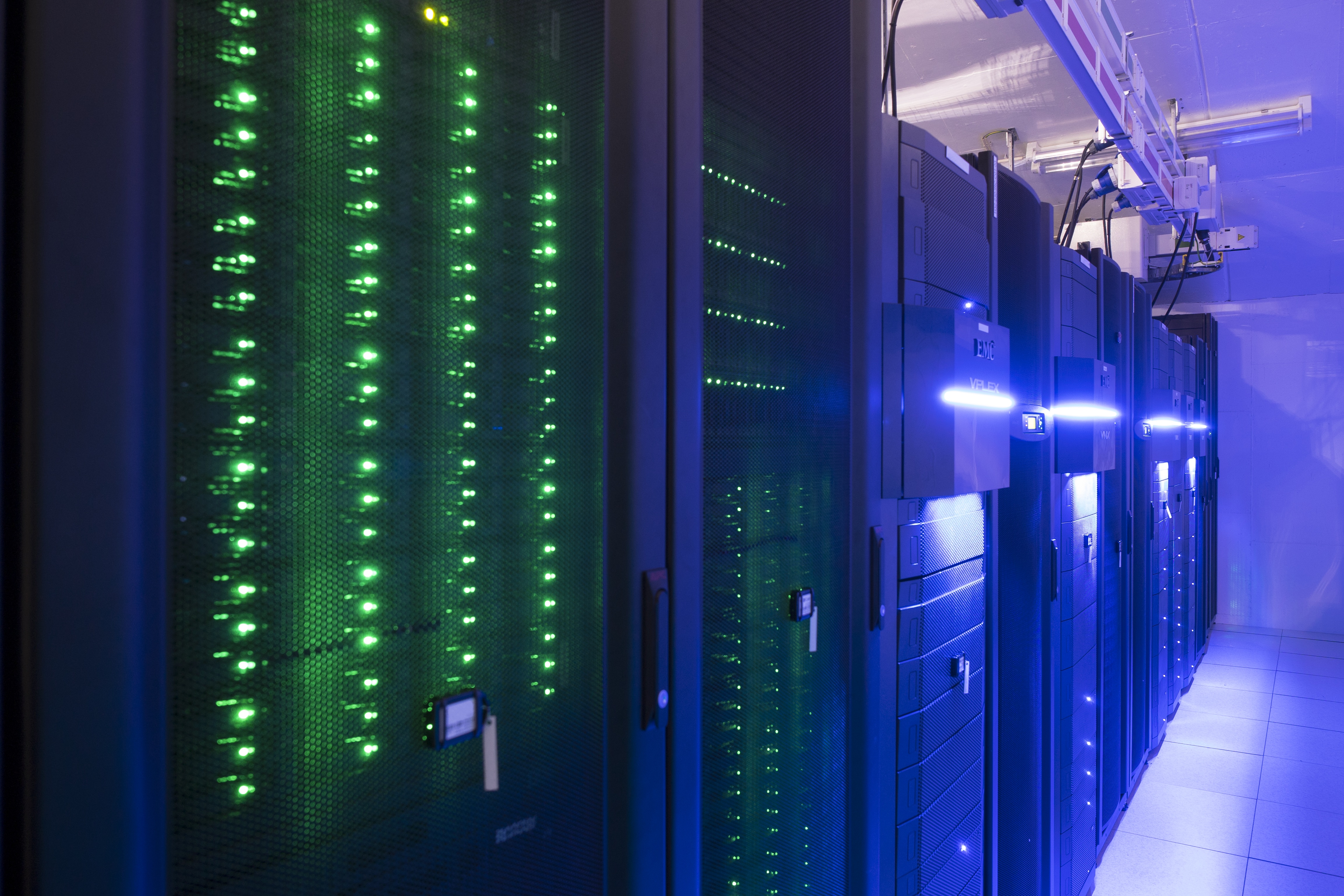Decoding climate change: AI can be an ally
October 27, 2023 | By Enrique Segura
As we grapple with rising temperatures and the growing unpredictability of weather patterns, the need for innovative solutions has never been more pressing.
Artificial intelligence is emerging as a powerful ally to tackle the challenges of climate change — or at the very least, help mitigate the devastation it creates, from refining weather forecasts to spotting forest fires early to making data centers more energy efficient.
Using AI in precipitation prediction models
DeepMind, a Google-owned AI laboratory, has already made strides in developing a precipitation model capable of forecasting rain and other forms of precipitation. Contemporary weather prediction models rely on numerical weather prediction systems, which employ mathematical models to simulate Earth’s atmosphere and generate forecasts based on current weather conditions. But this model struggles to generate high-resolution predictions for short lead times under two hours.
Now, using a combination of historical data, satellite images and advancements in weather sensing technologies, AI can predict more accurately weather conditions in the next 90 minutes. It’s called nowcasting, and could generate more accurate, real-time alerts for disasters like floods, getting people out of harm’s way and reducing losses.
Using an approach known as generative modeling, this system makes detailed plausible predictions of future radars based on previous radar information, measuring the amount of precipitation at ground level available at high frequency: every 5 minutes at 1 km resolution. With this method, this model can accurately capture large-scale events while also generating alterative rain scenarios, allowing the new data to be explored through machine learning and to be used in future scenarios.
Where there's smoke, there's AI
The California Forestry and Fire Protection is also using machine learning to battle small wildfires before they explode into large conflagrations. Using a large array of cameras, AI scans for any changes in the terrain that could indicate a potential fire.
“Once the camera system detects an anomaly, which is a different version of the last image, it red- flags it,” former firefighter Dean Veik told CNN. Veik works for ALERTCalifornia, which manages a network of more than a thousand cameras and sensor arrays across the state to monitor wildfires and mitigate damage
Time-lapse footage from July's Rabbit wildfire in California's Riverside County captured by ALERTCalifornia cameras.
Cal Fire says that 40% of fires since July 10 have been detected by AI before even a 911 call was received. While the AI is scanning for smoke, sometimes it could detect mist or dust, but as on-the-ground workers confirm or refute reports and add that data, the AI gets better, said ALERTCalifornia’s Brian Norton. “Then the next time the camera picks something up, it’s less likely to say that there is smoke.”
AI on an industrial scale — literally
Harnessing AI to mitigate climate change holds great promise, but there’s also a downside: The large-scale computing centers needed to crunch this data consume significant amounts of energy. A new analysis published in Joule earlier this month looked at just the new AI servers units that NVIDIA expects to ship by 2027. Researchers calculated they would consume at least 85.4 terawatt-hours of electricity a year, more than what small countries use in a year.

DeepMind has already been tackling this issue using – what else? – machine learning.
By analyzing historical data collected by these data centers, encompassing metrics like temperature, power usage, pump speeds, and more, machine learning can deploy resources more effectively to maximize effectivity while keeping the necessary power energy to run the centers. This innovative system achieved a 40% reduction in energy consumption, and eventually Google let the algorithm manage cooling at several of its data centers all by itself, according to MIT Technology Review, although a human manager does oversee the system and can intervene if necessary.
Some DeepMind alums have since formed a new company, Phaidra, that is taking the self-learning AI to the industrial sector, which made up a third of total U.S. greenhouse gas emissions in 2021, to improve productivity, boost energy efficiency and lower costs. Some power plants and manufacturing centers, co-founder Katie Hoffman told Bloomberg last year, rely on antiquated, hand-coded software that’s been around for decades: “These industrial systems are incredibly difficult to run on a good day.”